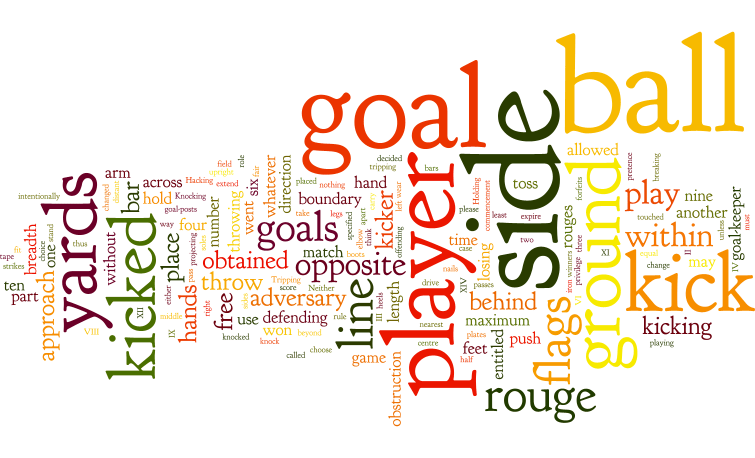The IFAB has announced the presumed changes in the Laws of the Game 2022/23, which still have to be confirmed by the General Assembly. Their meeting, originally scheduled for the beginning of March, was postponed indefinitely due to the war in Ukraine. The proposed amendments of the ABM (a meeting with all secretaries of the five associations) have now been published. These will most likely also receive the necessary majority.
The deadline for the Laws of the Game 2022/23 is 1 July 2022.
At the general assembly, rule changes are discussed and proposals submitted are decided by a three-quarters majority. The decision-makers are one representative from each of the four British football associations (England, Northern Ireland, Scotland, Wales) and four from FIFA (who must vote en bloc). The chairmanship rotates among the five associations annually, and normally the location rotates with it. In 2022, the AGM was held in Doha under the chairmanship of FIFA.
The AGM agenda for the Laws of the Game 2022/23
The changes concerned the permanent increase of substitutions to 5 per team in regulation time and a few clarifications to Laws 8, 10, 12 and 14. An overview including a mention and link can also be found by Chaled Nahar on Sportschau.de – thank you, Chaled!
The agenda for the AGM will also include a discussion on a change of the offside rule and a presentation of the first findings of the ongoing experiments with the semi-automated offside recognition (SAOT) and the concussion protocol. Also a cheaper version of the VAR. I will also already go into these rule areas. Results of the discussion will then be added.
•
Laws of the Game 2022/23, Law 3: Substitutions
The five substitutions during regular playing time, which were initially only introduced temporarily, will be made permanent in the Laws of the Game. The extra substitution in extra time will also remain.
The historical development of the substitutions in football
I researched the history of the substitutions in great detail because the sources were ambiguous. For some of them I had to check whether they were really true or not. The result is a three-part longread with a dr;tl (don’t read, too long). The latter is reproduced here.
- 19th century: There were no substitutions in the modern sense, but by mutual agreement, the possibility of replacing players who appeared too late with another.
- 1923: Substitutions are only possible in non-competition matches and in the event of a serious injury, and only after prior agreement between the two teams. The referee must also be informed of the agreement, as must the substitution during the match.
- 1930s: In continental Europe, it has become a sort of common law in some countries to allow substitutions beyond the 1923 regulation. The four British associations unofficially tolerate FIFA’s casual attitude.
- 1951-1954: There are experiments with substitutions of injured players at competitive matches. The experiments took place at a FIFA international youth tournament, the 1953 World Cup qualifiers and the 1954 World Cup.
- 1957: The IFAB allows national associations to allow substitutions of injured players at competitive matches.
- 1965: In England, up to two players per team can be substituted per match regardless of injury. From the 1966/67 season also in Scotland.
- 1967: The IFAB granted the national associations to allow the substitution of up to two players per team per match, regardless of injury.
- 1994: Introduction of the 2+1 rule: two field players and a goalkeeper may be substituted.
- 1995: Up to three replacements, independent of position, are allowed.
- 2015: The national associations may allow return substitution in recreational and amateur football.
- 2018: After two years as a global experiment, the fourth substitution during extra time is officially introduced.
- 2020: Until the end of December 2022, national associations may allow up to five substitutions from late spring, i.e. the restart after the Covid 19 season interruption. These must be made in a maximum of three interruptions of the game (excluding the half-time break)
- 2022: Increase the number of substitutions to five per half-time (permanent). The additional substitution possibility in extra time remains.
•
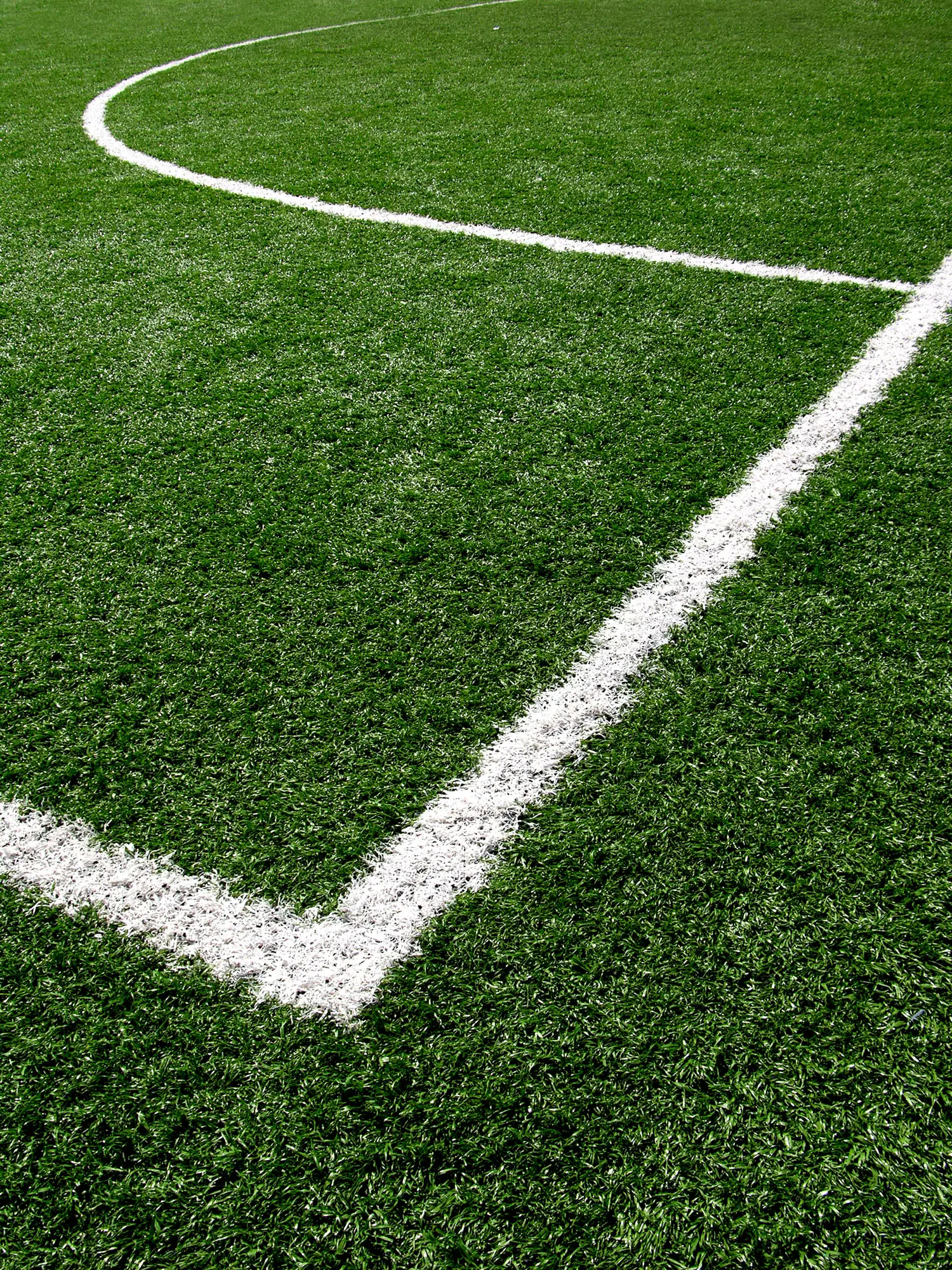
The Clarifications
Laws of the Game 2022/23, Law 8: The toss
„the referee tosses a coin and; the team that wins the toss of a coin; decides…“
The addition clarifies that the toss is the responsibility of the referee.
The historical development of the toss
The coin toss was used in two instances for a good 100 years: At the start of the game and after a drawn game end, when a winning team had to be determined.
The coin toss at the start of the game
… is found in the Harrow School rules of 1858 and also in the Sheffield FC rules of 1862 and Cambridge University rules of 1863. In all cases, the coin toss was used to decide which team would kick off the game.
It is also found in the Sheffield FA and London FA rules from the beginning (1863 and 1867 respectively) and determined which team kicked off.
- until 1873 (London FA) and 1877 (Sheffield FA) respectively: Winner of the coin toss has the kick-off
- 1873-1997: winner of coin toss has choice of kick-off or side selection
- 1997-2019: Winner of coin toss has choice of side (only)
- Since 2019: Winner of the coin toss has the choice between kick-off or side vote.
The coin toss to determine the winner
… was for a long time the common method of determining a winner when a deciding game ended in a tie. It was included in numerous rules of public schools, from the beginning in the FA Rules (exception: 1866/67), in the Sheffield FA Rules from 1871 and in the Laws of the Game of The IFAB from 1886 to 1970. In the latter, the coin toss was only used since 1898 if the match was still tied after extra time.
In 1970, the penalty shootout („kicks from penalty mark“) was introduced, in between also other possibilities such as Golden Goal, Silver Goal… you can read more about it here (German): Unentschieden? Wie man das siegende Team bestimmt(e)
•
Laws of the Game 2022/23, Law 10: Kicks from penalty mark
A player, substitute, or; substituted player or team official; may be cautioned to be sent off.
The addition confirms that team officials may also be cautioned or sent off during the penalty shoot-out.
The historical development of cards for team officials
You may remember it: following an experiment, it was introduced for the 2019/20 season that team officials would also be shown the yellow and red card. This is simply to make it clear whether they will be cautioned or sent off.
More on the introduction of the cards in general (German): Karten im Fußball – wann wurde sie eingeführt?
A statistic from a German perspective on team officials‘ cards in men’s football for the Season 2019/20 and the Season 2020/21.
•
Laws of the Game 2022/23, Law 12: DOGSO/Handball of goalkeepers
Where a player denies the opposing team a goal or an obvious goal-scoring opportunity by a handball offence, the player is sent off wherever the offence occurs (except a goalkeeper within their penalty area).
An explanation that is all too logical for many, but apparently still requires inclusion in the rules: If goalkeepers deliberately touch the ball with their hand in their own penalty area, no penalty kick is due.
The historical development of the fair, permitted handball by goalkeepers
- [until 1873: not laid down in rules]
- 1873-1883: touching the ball allowed, but may not be carried
- 83-1931: Ball touching allowed and may be carried up to two steps
- 1931-2000: ball touching allowed and may be carried up to four steps
- since 2000: ball touching allowed and may be carried up to six seconds (known not to be taken literally)
And where?
- [before 1882: not written down in rules]
- 1882-1903: in own half
- 1903-1912: in own goal area
- since 1912: in own penalty area
•
Laws of the Game 2022/23, Law 12: Restarts of play after fouls
[After a stoppage of play because a player committed an offence against persons outside the game], play is restarted with a dropped ball unless a an indirect free kick is awarded for leaving the field of play without the referee‘s permission; the indirect free kick is taken from the point on the boundary line where the player left the field of play.
While no match penalty can be given for an offence to „outside agents“, it can be given for leaving the field without permission.
The historical development of the (fair, permitted) handball of goalkeepers
It may come as a surprise that it is only since 1939 that the Laws of the Game state that a player may not enter or leave the field without permission from match officials. This does not mean that it was allowed before, but does not require a written stipulation.
This is shown by numerous articles and discussions in the German referee newspapers. In 1929, for example, they debated whether a warning was sufficient in this case or whether the player’s permission expired directly when he left the field without permission (= sending off). There was no agreement.
- 1939, Laws of the Game: Leaving the field without permission is considered unsporting behaviour („ungentlemanly conduct“).
- 1943, Referees‘ Committee: Referees do not stop play for entry, but the player must wait until the next stoppage. (The year should be treated with some caution, as it is taken from Stanley Rous: History of the Laws of the Game, p. 92. He is occasionally wrong by a few years.))
- 1953, Referees‘ Committee and from 1956, Laws of the Game: Players must draw attention to themselves on the sidelines and receive a clear signal from the referee to enter. The game does not have to be interrupted for this [1]The year 1953 should be treated with some caution, as it is taken from Stanley Rous: History of the Laws of the Game, p. 113. He is wrong by a few years now and then.
- 1968, Laws of the Game: Entering and leaving the field of play without permission is punishable by a warning.
•
Laws of the Game 2022/23, Law 14: Position of the goalkeeper during the penalty kick
When the ball is kicked, the defending goalkeeper must have at least part of one foot touching, or in line, with, or behind, the goal line.
In 2019, it was stipulated that goalkeepers must only have one foot on the line in future, but this is strictly controlled. Now, one foot does not necessarily have to be on the line, but can also be behind it, but not in front of it.
The historical development of the goalkeepers‘ position at penalty kicks
- 1891-1902: All allowed within 6 yards (5.5 metres) of the ball. Meant: Goalkeepers were allowed to come within 5.5 metres of the goal.
- 1902-1929: Goalkeepers are on the goal line or behind it.
- 1929-1997: Goalkeepers must stand on the goal line and not move a single step.
- 1997-2019: Goalkeepers must stand on the goal line but may move to the right and left.
- 2019-2022: Goalkeepers can still move on the line and must stand with one foot on the line.
- Since 2022: Goalkeepers can still move on the line and must stand with one foot on or behind the line.
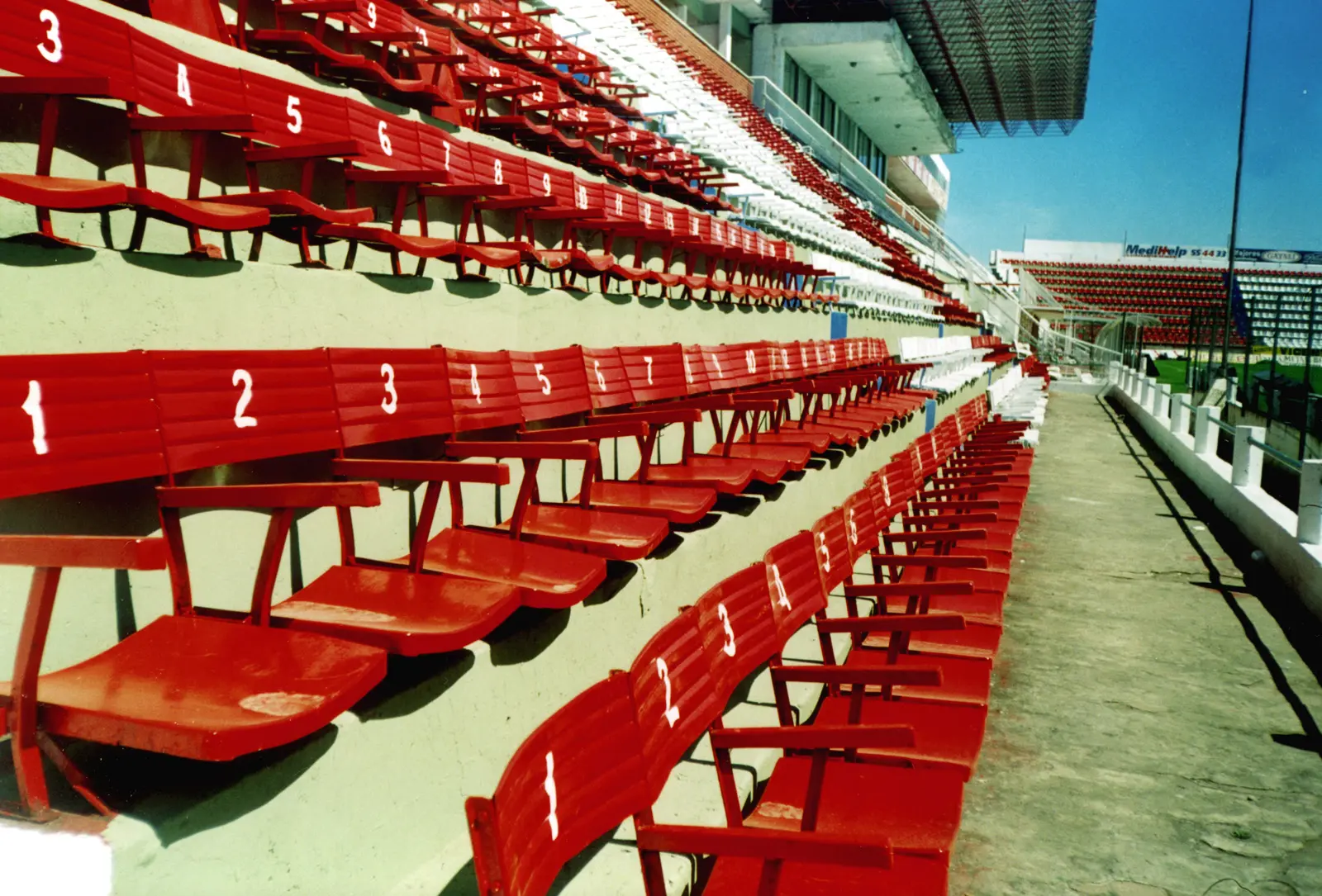
Discussion
And then another new topic came up: Kick-ins – that is, kick-ins or kick-ins from the touchline – instead of the throw-in.
Kick-in instead of throw-in
The irritation was great: Oh God, how do you come up with such new ideas? Are they crazy?
But it’s just back to the roots 😉 No, the kick-in is nothing new.
No, the kick-in is nothing new, but rather the original continuation of the game.
It existed in the Harrow (1858) and Uppingham (1862) rules. At Sheffield FC (1858-1867) there was a choice between a throw-in and a kick-in. At Sheffield FA (1867-1877) there was again only the kick-in.
Even the FA (London FA) repeatedly discussed replacing their throw-in with the kick-in. Until 1877, however, there was always a narrow majority in favour of the throw-in, then the FA also had a choice between the throw-in and the kick-in.
In 1886, „our“ offside came about through the amalgamation of all four British football rules. It had previously been common in Scotland. But discussions remained. Between (at least) 1956 and 1999, the kick-in was tested several times:
- 1956: Partizan Belgrade v Crvena Zvezda Belgrade (1 match).
- 1979: Scotland and Wales
- 1990s: England
- 1992: Sweden & Finland
- 1993: UEFA Youth Tournaments and FIFA World Youth Championships
- 1994/95: Belgium, Japan, Hungary, England, among others
- 1995-1999: Belgium
One argument against the kick-in that carries weight for me: There are more headers and that is exactly what more and more associations are trying to avoid, especially at youth level.
Possible solution: Allow repeated contact with the ball, i.e. „dribbling into the field“.
•
First results of the Concussion Protocol
Since the beginning of 2021, the experiment has been carried out by the football associations of the Netherlands, England, Portugal and the USA. FIFA also tested it during their Club World Cup. The first results will be discussed at the AGM.
The issue of head injuries in football remains – thankfully – a much discussed topic.
In the UK, the issue has been omnipresent since 2020 at the latest. A Scottish study sees the problem not only from „head-on-head hitting“, but any force that hits the head – including very frequent head-butting.
I found the report by WDR SportInside Podcast on this topic informative, which I recommend here. There is also a 10-minute short report until 16 January 2023 in the ARD media library.
How do you try to protect the health of the players? The IFAB describes this in detail on its website.
Variant 1 („Protocol A“): If concussion is suspected, one additional change per team is possible, which is not counted against the original change quota.
Variant 2 („Protocol B“): Under the above circumstances, two additional substitutions per team are possible. Each time, the opposing team then also gets one additional change. This is to compensate for possible sporting disadvantages and make abuse of the rule less attractive.
Historical development of the handling of head injuries
There was no previous discussion in the IFAB about head injuries. A brief, historical review of the presumed origins of head injury is provided in this German article: Concussions: Wie entstand das Kopfballspiel?
Scotland Rugby mit einer Message, die so einfach wie klar ist und problemlos als Grundregel im weltweiten Sport übernommen werden müsste und in jedem Stadion hängen könnte. @GNetzer pic.twitter.com/YpH09MaUsP
— Nicolas Martin (@Fighti) February 26, 2022
•
Offside
The historical development of the offside rule
I have written about the history of the offside rule many times – see the links below. A very brief overview: There has always been offside, no offside almost never. English public schools played with the strict offside rule (anyone between the ball and the opponent’s goal is out of play) – except at Eton. Here you were only offside if you also had less than three opponents in front of you („three-man offside“).
The London FA initially adopted strict offside when it was formed in 1863, then changed it to three-man offside in 1866 to allow combination play in and around London. In northern England and Scotland, on the other hand, combination play was possible early on, being played without offside or with a two-man offside.
In the 1870s, the London FA was able to spread its influence to England, and in 1886 to Great Britain (IFAB foundation). FIFA became a member of the IFAB in 1913 and adopted its rules – so the three-man offside was binding for all FIFA members. In 1925 it was changed to two-man offside and in 1990 there was another millimetre cosmetic („level“).
More about the history and development of the offside rule
- Law 11 – Offside (Football History)
- Football Offside: When was the offside rule introduced? (Football History)
- Changing Offside to keep fans Onside (Soccerex 2021) (Nachspielzeiten)
- In dubio pro reo principle in football? (Nachspielzeiten)
•
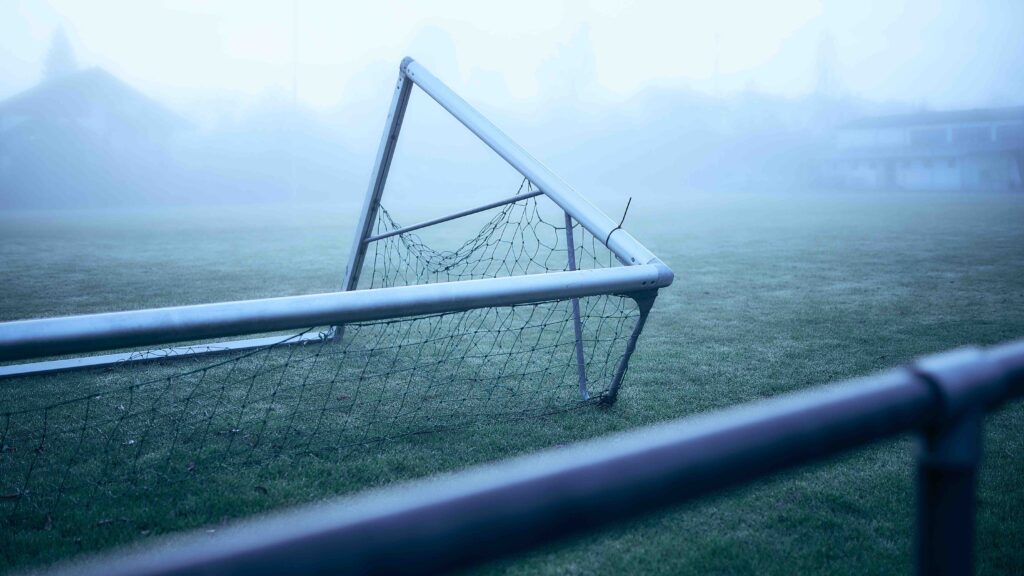
VAR
The historical development of the VAR
In the AGM 2015, The IFAB presented a test by the Dutch association KNVB, which is familiar to all of us and was launched in the Netherlands on 6 April 2011: Additional assistant referees who are connected to the referee by radio, can access television images and sit in a van outside the stadium. Michiel de Hoog, sports journalist for the Dutch newspaper Correspondent, recently published a longread on the subject after he had been given access to the KNVB’s documents [2]Michiel de Hoog: En de KNVB schiep de VAR en maakte het voetbal rechtvaardiger (maar het gehet bleef). In: de Correspondent (09.04.2019)..
After the project had been presented in the AGM, the associations expressed that they remained sceptical, but would like to support this project. Only FIFA with spokesman Joseph Blatter distanced himself from further steps, recalled the role of the IFAB as the „guardian of the game“ and asked for further experiments with video replay technology and to fully understand the possible advantages and disadvantages before a decision could be made.
„P[atrick] N[elson] informed the members of different discussions, ideas and proposals surrounding the use of video replay technology as a support for the referee. […] He mentioned that the KNVB had conducted an (offline) experiment, using referee video assistance based on video footage provided by broadcasters‘ cameras. He added that, during the experiment, the referee could have received additional information from a so-called video assistant (in a separate room / van) with access to camera footage and the ability to inform the referee instantly via a headset in crucial situations which appear difficult to be seen by the referee. PN also mentioned briefly mentioned another approach presented at the 64th FIFA Congress in Sao Paulo in 2014, whereby a challenge system for team managers and coaches could be implemented, which would enable them to request a review of a referee’s decision. However, after having seen the project conducted in the Netherlands, the SFA support further investigations by the panels to gather more recommendations. […]
The FA stressed that video replays should only be allowed to help or support the referee. The debate should be around how the technology can be used to improve the game. The experiment from the KNVB should be encouraged and also continued by other parties in order to find strong arguments to form the basis for further recommendations. […]
The FAW has been opposed to the introduction of technology in the past. However, in recent years technology has proven to be of great assistance to match officials (i.e. goal-line technology). But a major role of The IFAB is to protect the game and its universality. The FAW’s concerns related to the changing of the game, with a possible diminution of the referee’s authority as the video assistant takes on more influence. They felt this could result in ever-increasing pressure on the referee from the spectators, players, and coaches. Very careful consideration was needed, they said, because once you start down this direction, there is no way back. On behalf of FIFA, JB stated that The IFAB functions as guardian of the game and has in the past decided not to o any further with technology than goal-line technology[…]
Therefore, more experiments should be conducted with video assistance in order to understand its potential advantages and disadvantages fully before a decision can be taken.“
Minutes of the AGM of The IFAB, 2015, pp. 12-14 – Link.
It was Blatter’s last AGM. In 2016, Gianni Infantino was already sitting in his place. And among other things, the 2016/17 season saw the start of the offline test phase for VAR in the 1st Bundesliga.
(Excerpt from: Video replay -back and forth)
•
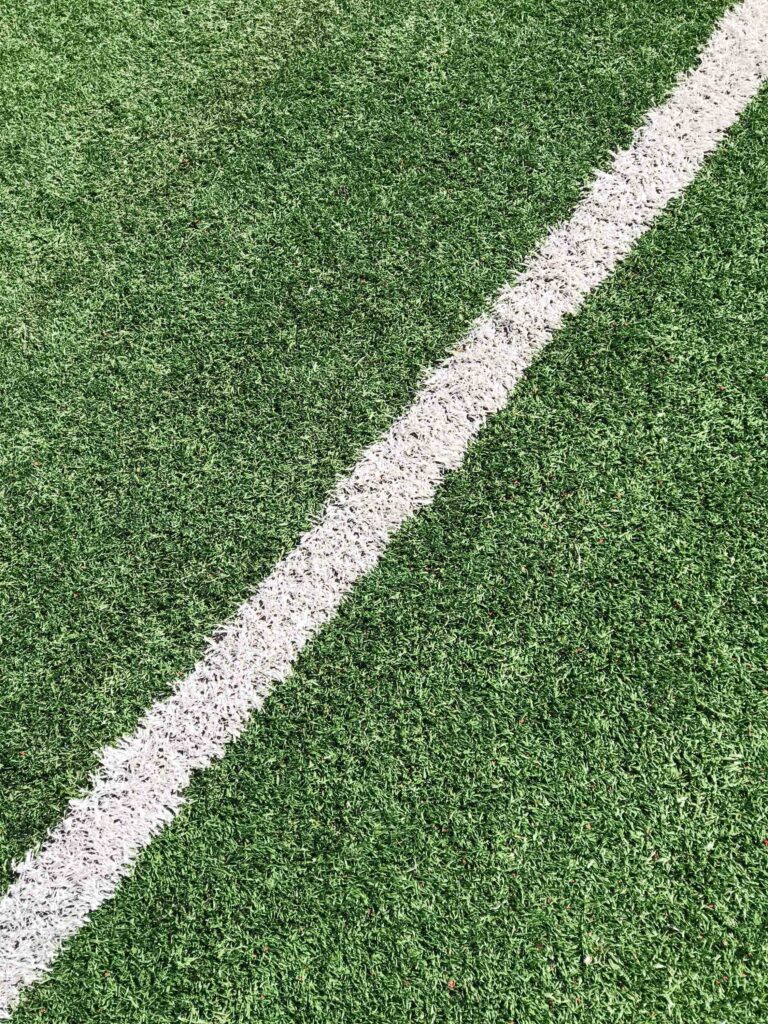
SAOT
The historical development of semi-automated offside technology
The Spanish doctor Francisco Belda Maruenda proved that referees are not able to recognise exactly the second the ball is released (Fichter, Ullrich: Was zu beweise war. In: Spiegel (06.03.2005). Also: NN: Offside rule overtaxes referees. In: Spiegel (17.12.2004)).
Ullrich Fichter has therefore called it a „reformer“ and the „Galileo of world football“ in a completely exaggerated way. (Fichter, Ullrich: Was zu beweise war. In: Spiegel (06.03.2005).)
In 2004, technical support was considered to facilitate and automate the offside decision. But: „Uefa director Lars-Christer Olsson put the brakes on too high expectations with regard to the offside rule: ‚A camera could determine whether a ball has rolled over the goal line or not. But to use the technology for every offside decision would cause me difficulties.'“ (NN: Offside rule overtaxes referees. In: Spiegel (17.12.2004).)
The SAOT has so far been tested at the Arab Cup 2021 and the FIFA Club World Cup 2022.
Two recommended threads on Twitter about SAOT
Die FIFA führt bei der Klub-WM ihren Test mit der »Semi-Automated Offside Technology« (SAOT) fort. »Halbautomatisch« heißt: Das System erkennt in Echtzeit eine Abseitsstellung als solche; ob das Abseits strafbar ist, muss dann je nachdem das Schiedsrichterteam entscheiden. (1/8) pic.twitter.com/mZyOfkXy3B
— Collinas Erben (@CollinasErben) February 11, 2022
I’ve told you all about this for a long time, now see it in action.
Semi-automated VAR has take off at the Club World Cup.
It’s a vast improvement with:
– Quick decision-making
– Superior Hawk-Eye visualisationREAD: https://t.co/IBTSkVRSp3pic.twitter.com/tTwPnniK7a
— Dale Johnson (@DaleJohnsonESPN) February 4, 2022
•
More: The Laws of the Game 2022/23.
Fußnoten
| ↑1 | The year 1953 should be treated with some caution, as it is taken from Stanley Rous: History of the Laws of the Game, p. 113. He is wrong by a few years now and then. |
|---|---|
| ↑2 | Michiel de Hoog: En de KNVB schiep de VAR en maakte het voetbal rechtvaardiger (maar het gehet bleef). In: de Correspondent (09.04.2019). |

